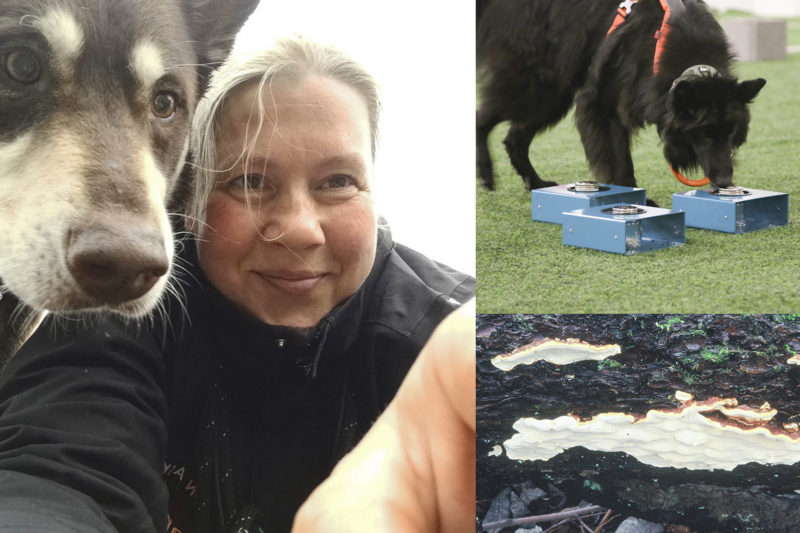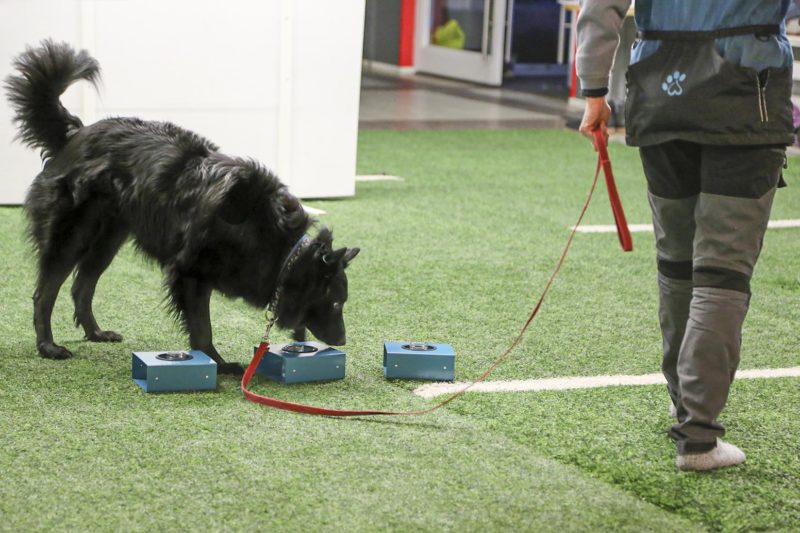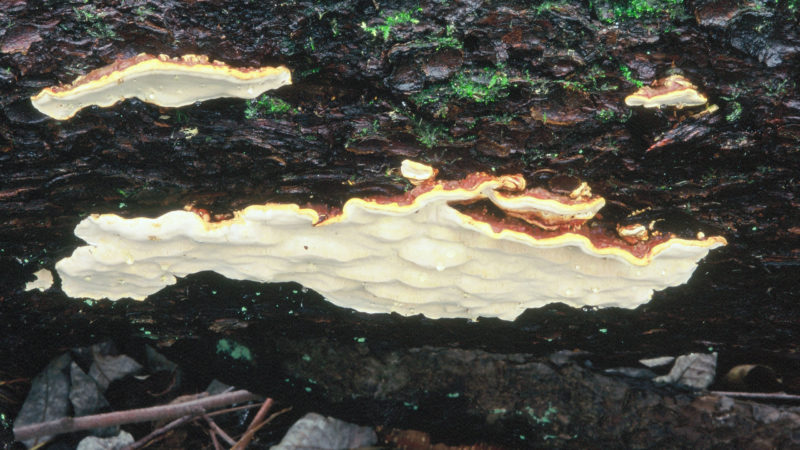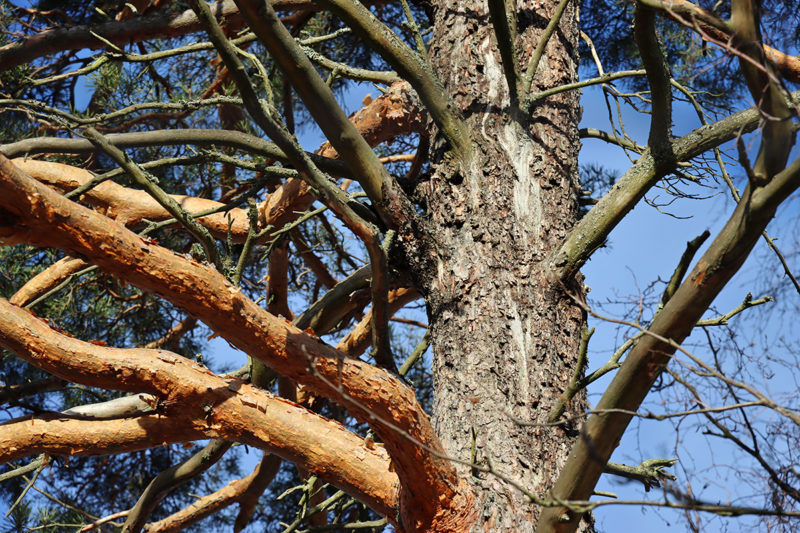15 dogs trained to detect feared pathogens in forests – sense of smell will help prevent EUR 50 million damage

Finland is the first country in the world to train dogs to sniff out the Heterobasidion fungus in spruce and rust fungus in pine.
The Nose4Wood project, run jointly by the Lapland University of Applied Sciences and Natural Resources Institute Finland, strives to find out whether dogs can seek and identify Heterobasidion parviporum, Cronartium flaccidium and Peridermium pini in forests.
To assist in the project, trainers specialized in scent detection were brought in from the Vainuvoima dog school.
The partner in charge of the project is Natural resources Institute Finland, which gathers the fungus samples from forests, has them identified in a laboratory and prepares thousands of scent samples for the dog training, which takes one year.
The training started in December, and in February the dog-and-handler teams began working with the actual scents. As the snow melts in April, the teams will move out into the forest.
Dogs from all parts of Finland were selected for training, though Lapland is best represented.
“I hesitate to say that the result is absolutely certain, but we have a very strong feeling that the dogs will detect both pathogens,” says Sanna Vinblad from the Lapland University of Applied Sciences, who coordinates the training.

The training will take one year. Heterobasidion parviporum, together with Heterobasidion annosum, cause their hosts – spruce and pine, respectively – to rot, resulting in annual losses of EUR 50 million in Finland.
“We’re hoping that the dogs could detect the scent as early as possible,” says Vinblad.
An early detection would help combat the pathogens in a stand before the damage is widespread.
Dogs’ sense of smell helping humans
Dogs have an excellent sense of smell, which is used to assist in the detection of drugs and explosives, in investigating fire sites and in rescue work, for example. In farming, dogs can help in determining when cows are on heat.
In forestry, dogs look for the spruce bark beetle at least in Sweden and the Czech Republic.
Sanna Vinblad stresses that when dogs detect these fungi, the finding is always preliminary. The presence of the pathogen must always be confirmed by humans.

Starting a forest management operation is the responsibility of the forest owner. The choice of what operations to undertake depends on whether the forest was planted or regenerated naturally, and whether it is young or already aged. The growing site and the tree species must also be taken into account.
After all this has been considered, it is time to go into detail, such as whether it will be enough to remove individual infected trees and saplings or will it be necessary to re-plant completely with another species, says Vinblad.
Wide range of breeds in training
The dogs selected for the project represent many different breeds: Labrador Retriever, Lapponian Herder, Belgian Shepherd, Bohemian Shepherd, Dutch Shepherd, Pyrenean Sheepdog, Cocker Spaniel, Golden Retriever, Mudi, English Springer Spaniel and Australian Shepherd.
The dog handlers have varying backgrounds, from dog enthusiasts to forestry professionals.
Vinblad points out that scent detection is a natural behaviour for dogs.
“Dogs enjoy detecting scents. We started out by improving their motivation with the help of rewards and treats. The work is something they share with their handlers.”
Dogs enjoy detecting scents. We started out by improving their motivation with the help of rewards and treats.
Vinblad says it is too early to say anything about the size of the area over which dogs can work and how rapidly they can work.
“We don’t know yet how the scent of the pathogens spreads in the forest. Among other things, that will affect whether or not the dog will have to check carefully every tree, sapling or intermediate host.”

The project steering group includes both forestry and dog training specialists. Vinblad stresses that the trainee dogs will have the forest owners’ permission to enter the forest. Special attention will be paid to ensure that pathogens are not brought into the forests.
Vinblad hopes that forest owners will contact the project and discuss any ideas on how dog-and-handler teams could be used in forest and what the cooperation could look like.
“We would be interested in having access to forests in different parts of Finland for training, as this would enable us to be of use to forestry.”
The text was complemented on 4 March 2022 at 12.26, by adding information on the central role of Natural Resources Institute Finland as the partner in charge of the project and responsible for gathering the samples.
The text was complemented on 22 March 2022 at 10.42, by adding information the whole project is not led by agrologist Sanna Vinblad from Lapland University of Applied Sciences. She leads only dog’s training.
Read more: New ways to prevent root rot – a diseased forest can only be treated by clearcutting